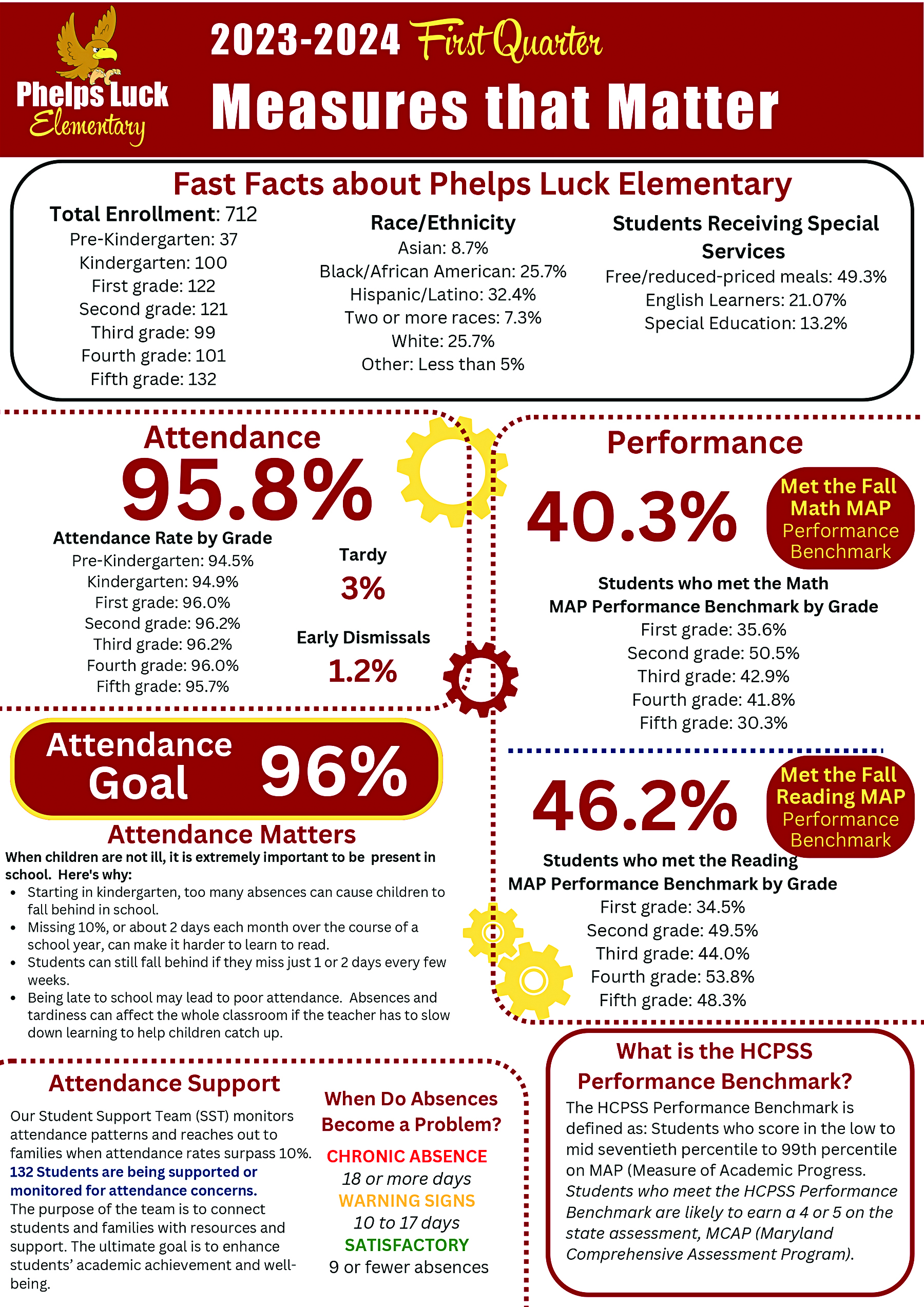
Sharing Student Data With Parents
To maximize improvement efforts, leaders must collect, organize, analyze, and share benchmark information.
Topics: Education Data, Family and Stakeholder Engagement
There’s an old saying about data, “What gets measured gets improved.” But more globally speaking, “What’s publicized gets prioritized.” It’s the principal’s commitment to data-driven leadership that fosters a culture of excellence within a school, ensuring that all students receive a high-quality education tailored to their unique needs.
As school principals, we are bombarded with data and information constantly. With so many different inputs, we often find ourselves data-rich but information-poor, and navigating the complexities of data can make the difference between meeting your school’s goals or not. You must be able to collect, organize, analyze, and act upon data in an efficient and logical manner.
Then, you must communicate that data. Principals should regularly share their data findings with teachers, parents, students, and the school community. By employing best practices in data collection, organization, analysis, reporting, and reflection, principals can make and promote data-driven decisions that enhance instruction, support teachers, and improve student outcomes.
Setting Improvement Goals
In The 7 Habits of Highly Effective People, Stephen Covey’s second habit is “Begin with the end in mind.” When it comes to school improvement, principals need to do just that: Begin with the end in mind. In many schools, performance on state-mandated assessments determines success, so determine what your performance goals are and work backward.
If you measure student performance throughout the school year in a variety of ways, the effect is like having a dashboard and GPS system in a car; data provides critical information as you seek your destination. Use progress monitoring, formative assessments, and anecdotal data to gain insights into students’ social and emotional development and academic progress.
Once you have established improvement goals and determined how to measure standardized and other benchmarks throughout the year, you can create a reliable, systematic way to organize the data. Whether it’s a database program, a shareable spreadsheet, or a platform such as Hoonuit, you need a way to collect and organize data that stores it securely and ensures easy retrieval.
Informing Parents
Sharing data with parents can help them understand the goals for their children and the school community. Be purposeful with what you share; it helps parents, guardians, and the community understand the “whys” behind what educators do. Here’s how:

Phelps Luck quarterly newsletter helps parents understand some of the data used to drive school improvement (click to enlarge)
- Show them a snapshot. Consider creating a snapshot of the data reported in your state to determine your school’s ranking or status for parents. Publishing a quarterly report will help you hold yourself and your school accountable and offer a way to demystify state accountability measures in small bites. Use the snapshot as a chance to inform parents about the ways in which your school strives to meet measures of student performance.
- Share statistics. You can share previous state-mandated assessments, how they are measured, and how you use the information. Also consider publicizing quarterly attendance rates by grade level and school to underline the positive impact of simply being present in school. You can report those statistics to parents if you use incremental, norm-referenced tests such as MAP tests.
- Use graphics. The amount and variety of data can get overwhelming for anyone—especially parents. Use visual aids such as charts and graphs to make data accessible. Charts and graphs should include brief explanations of the data, information about school goals, and mention of school initiatives that are helping meet those goals. The more informed parents are, the better they will understand the school and its expectations.
- Avoid jargon. Finally, when sharing information with parents and the community, avoid sharing complex insider information that invites misinterpretation. Also avoid educational jargon and acronyms; parents shouldn’t feel like they need to be experts to get engaged.
Encourage Student Involvement
Students want to learn and perform well in school. They want to please parents and teachers, and demonstrate how well they can learn what’s taught. They might not understand the big picture of school improvement, the purpose of state assessments, or school ratings, but they can aid in the goal-setting process.
- Enlist students in the effort. Meet with students to talk about their progress and look at ways to help them learn. Talk to them about where they are currently and figure out their goals. Goals might be related to attendance, behavior, performance, or growth; record them in a folder and have students take an active role in progress monitoring.
- Celebrate growth. Sharing data with students offers opportunities to celebrate their achievement, performance, and growth, and it allows students to take greater ownership in their learning. Charts that track class progress and recognitions of achievement have long been motivators for students; keep the goals simple but connect them to back-end data to ensure that kids can contribute to their own success.
Schools across the country have similar goals: To start, they want to ensure that all students are reading by the end of the third grade and are proficient in grade-level math standards every year. What makes these tasks difficult is that students come into classrooms at different starting points, with varied life experiences, and at various ability levels.
Principals and teachers must tap a variety of data points, from anecdotal data to standardized testing, to meet school improvement goals. Student performance data plays a pivotal role in shaping the educational landscape, guiding educators in making informed decisions and ensuring that all students reach their full potential.
But principals shouldn’t try to crunch the numbers alone. You’ve heard the saying, “Work smarter, not harder.” That’s exactly what school leaders must do when making data-informed decisions, and that goal is often easier said than done. When you share the data, you can get everyone in the school community to work toward your school improvement plans.
Ed Cosentino is principal of Phelps Luck Elementary School in Columbia, Maryland.

